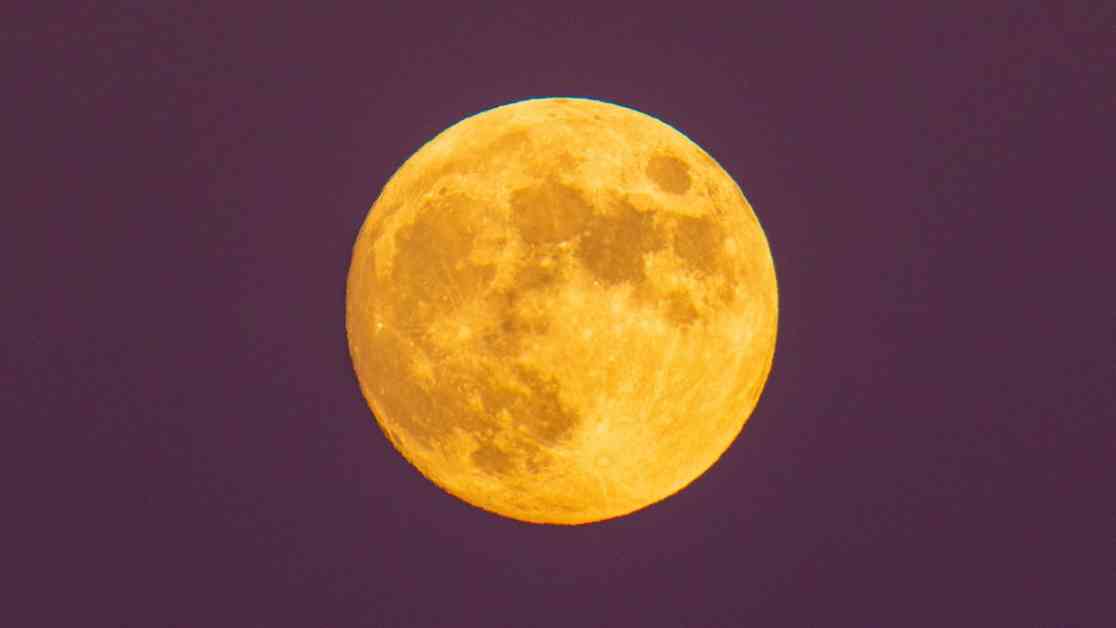The final supermoon of 2024, known as the Beaver Moon, is set to rise on November 15. This full moon will be 100% illuminated, but the best time to see it from North America will be on November 16 as it rises in the east. The Beaver Moon is named for the beavers that build their winter dams this time of year in the northeastern U.S. It is also called the Frost Moon and the Snow Moon in North America due to the approaching winter and colder temperatures.
This year’s Beaver Moon is the last of four supermoons in 2024, following the Sturgeon Moon in August, the Harvest Moon in September, and the Hunter’s Moon in October. A supermoon occurs when the moon reaches its closest point to Earth, known as perigee, and comes within 90% of this point during a full moon.
While the moon will be officially full at 4:28 p.m. EST on November 15, the best time to observe it is as it rises in the east during early twilight on November 16. The Pleiades star cluster, also known as the “Seven Sisters,” will be visible near the moon on both nights, offering a stunning celestial sight.
You can view the full moon without any optical aids, but using stargazing binoculars or a backyard telescope can help reveal details on the lunar surface that are not visible to the naked eye. However, as the full moon rises, its glare increases, making it challenging to view directly.
The final full moon of 2024, known as the “Cold Moon,” will rise on December 15, marking the end of the lunar cycle for the year.
Overall, the Beaver Moon offers a spectacular celestial event for skywatchers to enjoy, with the opportunity to witness the beauty of the full moon and its accompanying star cluster. So mark your calendars and make sure to catch a glimpse of this stunning lunar display in the night sky.










